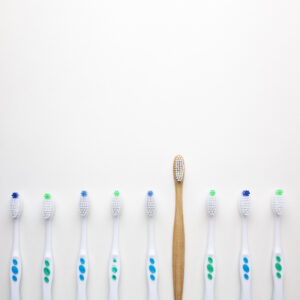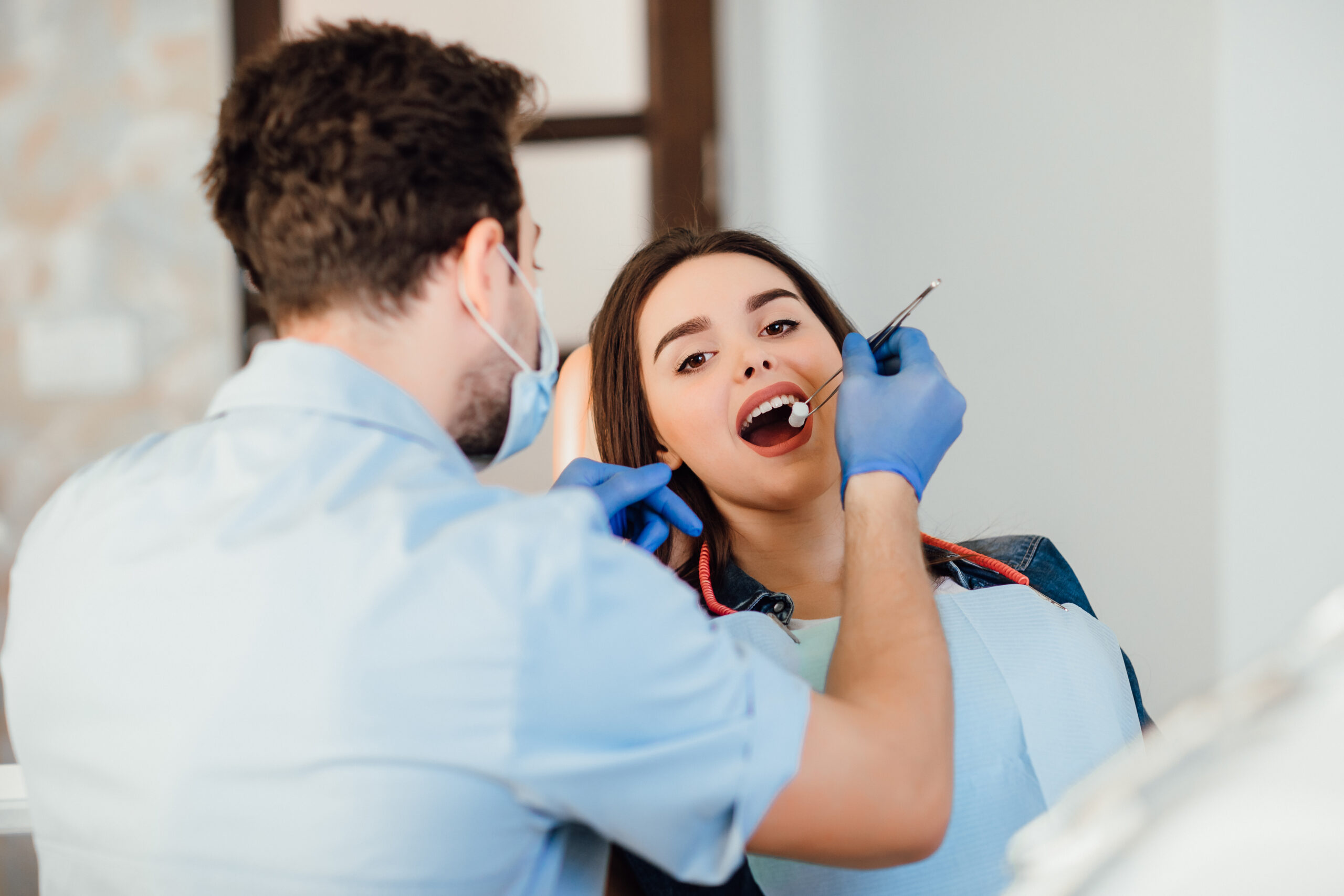Oral hygiene has always been a critical aspect of overall health, with toothbrushes playing a central role in maintaining clean and healthy teeth. With advancements in dental technology, the traditional manual toothbrush has been joined by the electric toothbrush, a modern innovation that offers several advantages. This article explores the electric toothbrush benefits, types, and proper use, highlighting why it’s a valuable tool in today’s oral care routine.
Benefits of Using an Electric Toothbrush
- Superior Plaque Removal: One of the most significant advantages of electric toothbrushes is their ability to remove plaque more effectively than manual brushes. The oscillating, rotating, or sonic movements of the bristles can reach more areas of the teeth, ensuring a more thorough clean.
- Ease of Use: Electric toothbrushes are particularly beneficial for individuals with limited mobility, such as those with arthritis or other conditions that make manual brushing challenging. The brush does most of the work, requiring minimal effort from the user.
- Built-in Timers: Many electric toothbrushes come with built-in timers that ensure you brush for the dentist-recommended two minutes. This feature helps in establishing a consistent brushing routine, promoting better oral health.
- Reduced Risk of Brushing Too Hard: Some electric toothbrushes are equipped with pressure sensors that alert you if you’re brushing too hard, protecting your gums from damage and preventing enamel erosion.
- Fun for Kids: Electric toothbrushes with fun designs and built-in music or sounds can make brushing a more enjoyable experience for children, encouraging them to maintain good oral hygiene.

Types of Electric Toothbrushes
- Oscillating-Rotating Brushes: These toothbrushes have bristles that rotate in one direction and then the other, effectively removing plaque from the surface of the teeth. They often include pulsating movements to enhance their cleaning capabilities.
- Sonic and Ultrasonic Brushes: Sonic toothbrushes vibrate at high speeds, creating rapid bristle movements that produce sonic waves, dislodging plaque and bacteria from hard-to-reach areas. Ultrasonic toothbrushes use even higher frequencies, breaking down bacterial chains without needing the bristles to make contact with the teeth.
- Counter-Oscillating Brushes: These have bristles that move in opposite directions, making them effective at removing plaque and food particles from between the teeth.
- Dual-Head Brushes: These feature two brush heads that rotate in opposite directions, providing a comprehensive clean by reaching multiple surfaces of the teeth simultaneously.
How to Use an Electric Toothbrush Properly
- Choose the Right Brush Head: Electric toothbrushes come with various brush heads designed for different purposes, such as deep cleaning, whitening, or sensitivity. Choose the one that best suits your oral health needs.
- Positioning the Brush: Place the toothbrush at a 45-degree angle to your gums, and gently guide it along the outer, inner, and chewing surfaces of each tooth. Allow the brush to do the work without applying too much pressure.
- Brush for Two Minutes: Divide your mouth into four quadrants and spend at least 30 seconds on each section. This approach ensures that all areas of your mouth receive adequate attention.
- Clean Your Tongue: Many electric toothbrushes have tongue cleaning modes or attachments. Cleaning your tongue can help reduce bad breath and remove additional bacteria from your mouth.
- Rinse the Brush Head: After brushing, rinse the brush head thoroughly to remove any remaining toothpaste and debris. Let it air dry to prevent bacterial growth.
Maintaining Your Electric Toothbrush
- Regularly Replace Brush Heads: Replace the brush head every three months or sooner if the bristles become frayed. Worn bristles are less effective at cleaning and can harbor bacteria.
- Clean the Handle: Wipe down the handle of the toothbrush regularly to remove toothpaste residue and prevent the buildup of bacteria.
- Charge the Battery: Keep the toothbrush charged or replace the batteries as needed to ensure consistent performance.
- Store Properly: Store your toothbrush upright and allow it to air dry. Avoid covering the brush head, as this can create a moist environment conducive to bacterial growth.
The Future of Electric Toothbrushes
As technology continues to advance, electric toothbrushes are becoming even more sophisticated. Features like Bluetooth connectivity, real-time brushing feedback, and personalized brushing modes are becoming more common, offering users a more tailored and effective oral care experience.
In conclusion, the electric toothbrush represents a significant advancement in oral hygiene technology. By offering superior plaque removal, ease of use, and innovative features, electric toothbrushes are a valuable addition to any oral care routine. Whether you’re looking to improve your dental health or make brushing a more enjoyable experience for your family, an electric toothbrush is a wise investment in your health.



